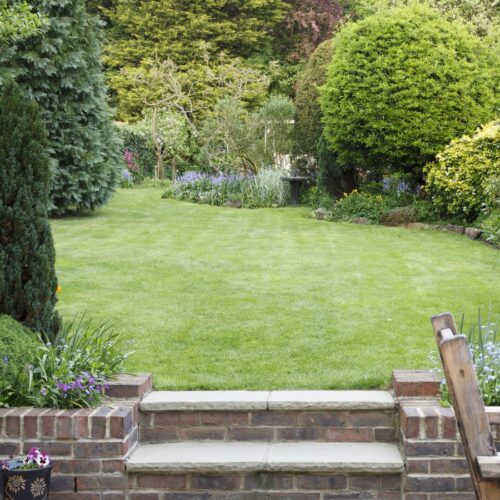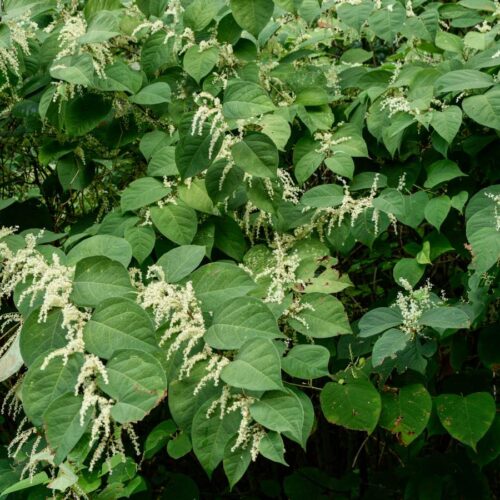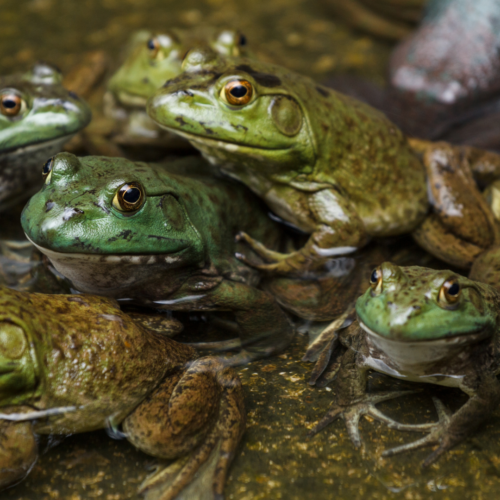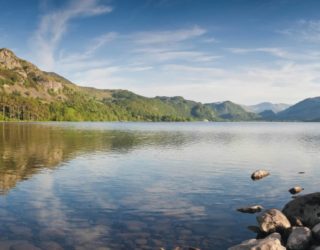Although the breeding bird season is usually recognised as March to August inclusive, there have been reports of birds nesting around the UK as early as the start of February. The common crossbill (Loxia curvirostra) is adapted to coniferous forests, and is renowned as an early nester. Its nest is difficult to find as it is usually situated at the top of a tree. Only four records for this species were submitted to the British Trust for Ornithology (BTO) Nest Record Scheme (NRS) in 2016 (Robinson, Leech and Clark, 2017).
Common crossbill is also listed on Schedule 1 of the Wildlife and Countryside Act (WCA) 1981, meaning that, while nesting, it receives special protection from disturbance. This should be considered if development works involve the clearance of conifer forest in late winter or early spring.
In February of this year there were records of female robins (Erithacus rubecula) incubating eggs,long-tailed tits (Aegithalos caudatus) and collared doves (Streptopelia decaocto) nest-building. A few such early nesting attempts of these species are usual each year. The cold weather at the beginning of March seemed to have briefly put off the long-tailed tits (at least). However there was one record from north-Wales of a woodpigeon (Columba palumbus) pair building a nest in January, from which two young birds fledged in March during lying snow! Indeed pigeons and doves have previously been recorded nesting in every month of the year.
Almost all our resident bird species are in full song now, meaning the males are setting up breeding territories. As March progresses more and more birds will begin nesting. In April and May our summer migrants will arrive and also begin their respective breeding seasons. All birds’ nests are protected from damage and destruction under the WCA 1981, so if vegetation clearance is required between now and August (inclusive) a nesting bird check should first be undertaken by a suitably experienced ecologist.
Ecologists should remember that many common bird species nest on or close to the ground and that searching for nests in bare trees is likely to prove fruitless. Time spent carefully examining ivy-covered trunks or low vegetation such as bramble will be more productive, as will patiently waiting for birds carrying nest material or food, or those taking a break from incubation. Knowledge of the ecology and behaviour (especially calls) of individual species at active nest sites is often vital in order to find their nests. Species that nest in holes in trees, such as the true tits (Paridae), should also always be considered.
How we can help you
February sees the end of the optimal period for wintering bird survey and mitigation works, with March being a sub-optimal time for breeding and wintering birds, and an optimal time for migrating birds. As for mitigation works from March to July, vegetation clearance should be avoided, as it’s a key bird nesting period.
If you have any survey or mitigation requirements for February or March, or even later on in the season, get in touch with us today for a quote and to book in.
Contact us
References
Robinson, R.A., Leech, D.I. & Clark, J.A. (2017) The Online Demography Report: Bird ringing and nest recording in Britain & Ireland in 2016. BTO, Thetford (http://www.bto.org/ringing-report, created on 10-August-2017)
Image: Dunnock nest, Stephen Hewitt











